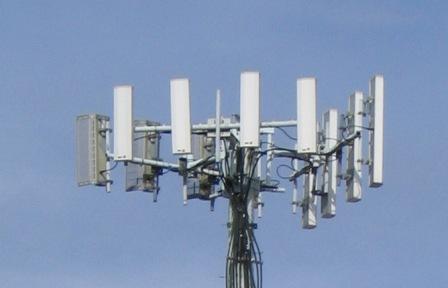
 Health protection standards for radio frequency were established in each country and are based on the Specific Absorption Rate (SAR) which indicates the total amount of energy absorbed by a body when cell phone is used.
Health protection standards for radio frequency were established in each country and are based on the Specific Absorption Rate (SAR) which indicates the total amount of energy absorbed by a body when cell phone is used.
These standards were based on research from experiments on animals and cells being based on the whole body average SAR. The experimental data on many sorts of animals at different frequencies were integrated and extrapolated to human body exposure by the Institute of Electrical and Electronics Engineers (IEEE).
They found adverse biological effects at SAR levels above 4Watt/kg and decided that for general population a safety factor of 50 would be at limit of safe. The standard limited the human body exposure of the general population to 0,08 Watt/Kg in one gram of tissue, averaged over the entire body, for periods of 15-30 min.
The effect of human body exposure in case of the cell phone for a person’s head is the most important. The accepted value in this case was of 1,6 Watt/kg in any gram of tissue. Thermal mechanisms of interaction of radio frequency energy with biological systems were reviewed by Foster and Glaser in 2007. The excessive increase of body temperature because of radio frequency can cause adverse effects. In fact the limits of human body exposure in other jurisdictions are based on the prevention of excessive rise of body temperature or in local temperature increase in case of partial human body exposure.
The limits of radio frequency exposure are detailed in the scientific documents produced by national or international scientific review panels. The Canadian Safety Code 6 is the standard issued in 1991 and revised in 1999 and specifies the limits of human body exposure to radio frequency fields at frequencies between 10 kHz to 300 GHz.



